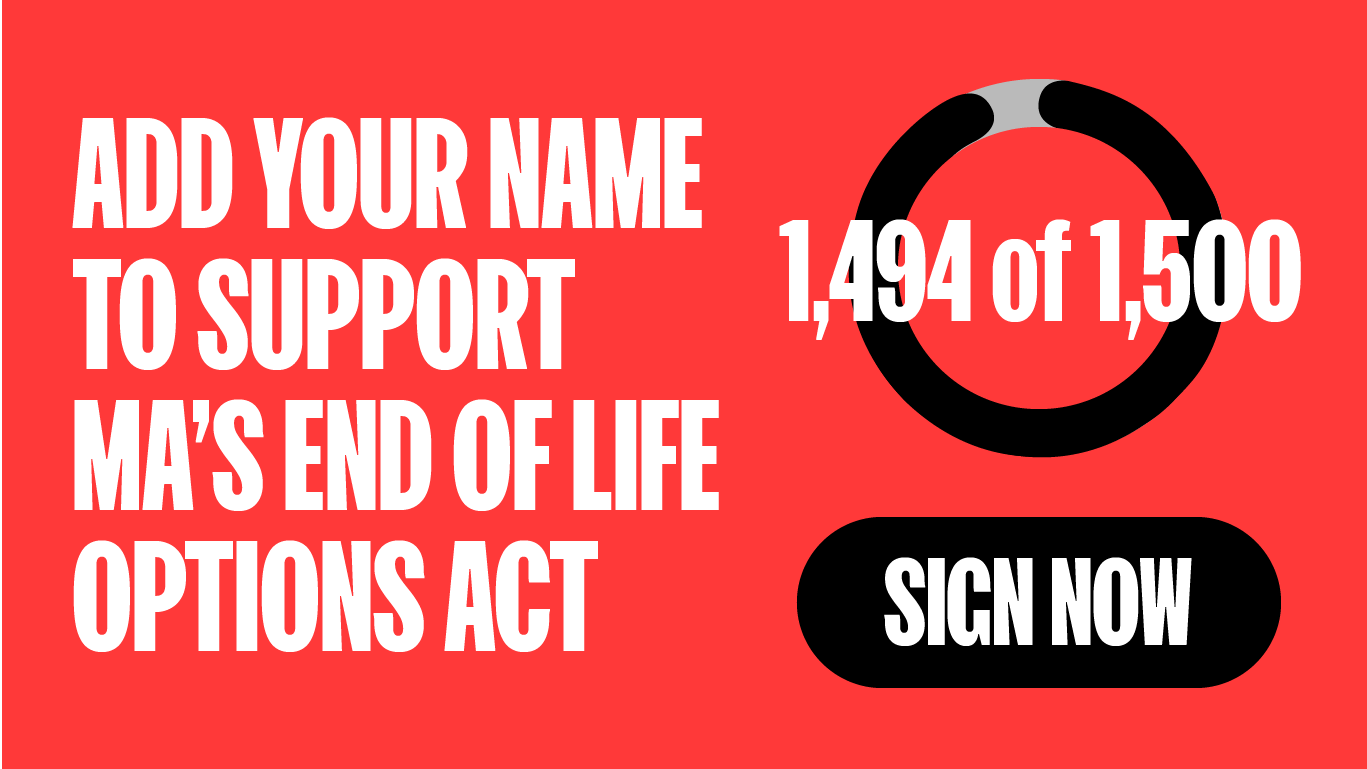california end of life option act requirements
Eligibility Requirements to Access the Law remain unchanged. However a group of Christian doctors are trying to put a stop to it as they claim the law violates freedom of religion and freedom of speech.
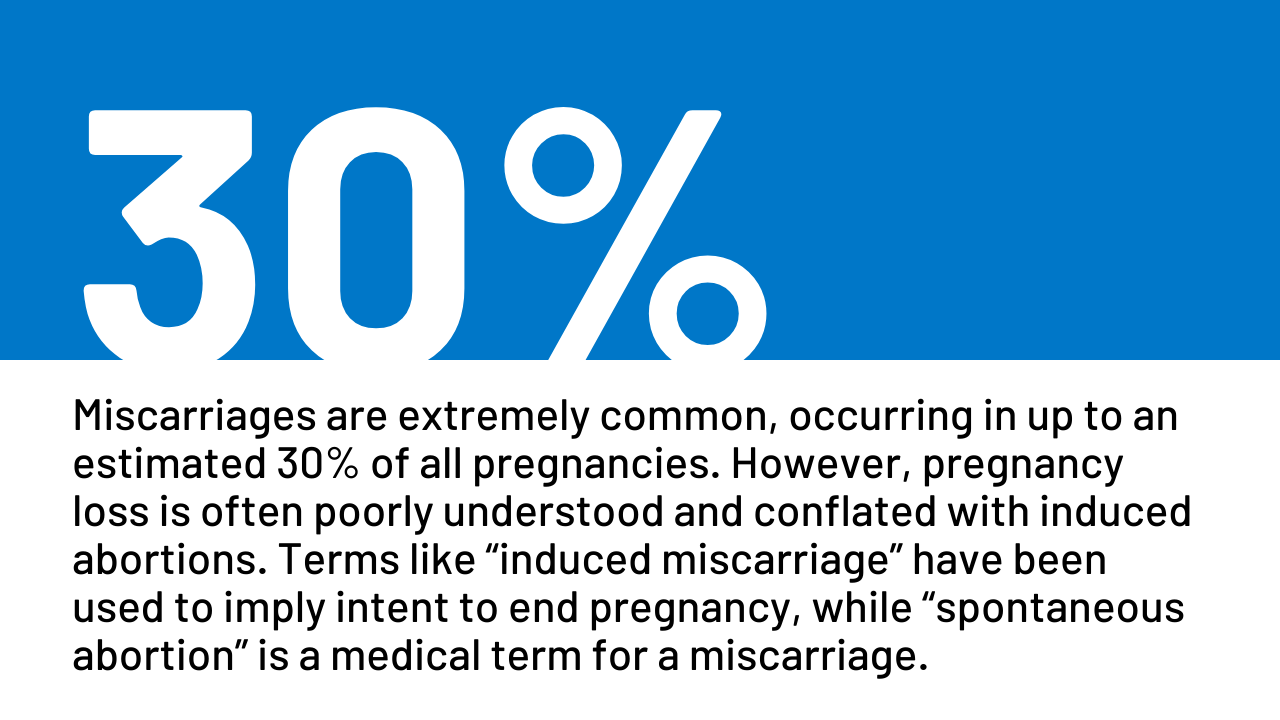
Understanding Pregnancy Loss In The Context Of Abortion Restrictions And Fetal Harm Laws Kff
The act allows patients who have a terminal disease with a life expectancy of six months or less to request a life-ending drug prescription from their doctor.

. The California End of Life Option Act allows an attending physician to give an aid-in-dying drug to certain qualifying patients. Must be diagnosed with a. There are certain requirements said person must meet in order to qualify for such a request.
The California Legislature says terminally-ill patients have a right to die with dignity. The End of Life Option Act PDF is a California law that went into effect on June 9 2016 and was updated on January 1 2022. Posted March 12th 2019 by Joel Harris filed under Right to Die Act.
DEFINITIONS The following definitions apply to the End of Life Option Act. Be 18 years or older and a resident of California. Minimum internet speed for this activity.
Doctors who do not wish to participate are free to decline to participate with no. Have a terminal disease that cannot be cured or reversed and that is expected to result in death within six months. Must be of sound mind and exhibit appropriate decision-making capabilities to the attending physician.
The requestee must be 18 a California resident have a diagnosis of a terminal. You must have a terminal illnessa disease. At least 18 years old.
Must be able to self-ingest the medication either orally or. Eligibility Requirements to Access the Law. Must be 18 years or older.
Aid-in-dying drug means a drug determined and. Part 2 End of Life Option Act Services Page updated. Must be of sound mind and exhibit appropriate decision-making capabilities to the attending physician.
Read the full bill language here. Starting January 1 2022 the required waiting period between the first and second oral request is 48 hours and. The Act allows terminally ill adults living in California to obtain and self-administer aid-dying -in drugs.
The hospital may wish to include a requirement that administration be notified if a patient plans to take an aid-in-dying drug in the facility. You must be a California resident verified with a California Driver License or California Identification Card voter. In California all hospitals and nursing homes are required to assess a patients pain condition as a fifth vital sign - along with the patients pulse temperature respiration and blood pressure.
A minimum Internet speed of 0450 Mbps 450Kbps. End of Life Option Act News. To receive the aid-in-dying drug a person must.
This policy does not apply to. Affected Regulatory Code Sections Affected Regulatory Sections. Group of doctors argue Californias End of Life Option Act violates freedom of religion.
However a group of Christian doctors are trying to put a stop to i. Description The Department of Developmental Services proposes to adopt Title 17 California Code of Regulations Division 2 Chapter 1 Subchapter 10 pertaining to the End of Life Option Act. California End of Life Option Act is a law enacted in June 2016 which allows terminally ill adult residents in the state of California to access medical aid in dying by self-administering lethal drugs provided specific circumstances are met.
Must be able to self-ingest the medication either orally or by pushing through an NG tube. End of Life Option Act Student Study Guide. 51 minutes agoThe California Legislature says terminally-ill patients have a right to die with dignity.
Assembly Bill AB 15 Eggman Chapter 1 establishes the California End of Life Option Act Act commencing at Health and Safety Code section 443 which becomes effective June 9 2016 and will remain in effect until January 1 2026. California End of Life Option Act. Participation in the act is voluntary for patients.
August 2020 Recipient Eligibility Medi-Cal recipients must at minimum meet all of the following criteria. Status Rulemaking Documents Proposed Emergency Regulations for Second. The requirements of the law are.
Must be 18 years or older. The End of Life Option Act allows adults diagnosed with terminal diseases to request aid-in-dying drugs from their physician. The Act gives a mentally competent adult California resident who has been diagnosed with a.
Californias End of Life Option Act EOLA became effective on June 9 2016. Who can use this option. In October 2021 Governor Newsom signed SB 380 which makes significant changes to Californias End of Life Option Act including reducing the required waiting period between a patients oral requests from 15 days to 48 hours.
This policy outlines when this can be done how the action should be documented and who can administer the action based on the parameters described in the End of Life Option Act. Adult means an individual 18 years of age or older. Certain health care providers including licensed hospitals and skilled nursing facilities may prohibit.
Under the Act the patient is required to submit two oral requests for the aid-in-dying drug a minimum of 15. Mentally capable of making and communicating health care decisions and. California also is taking a leading role by requiring all medical schools in the state to train physicians on pain management and end-of-life care.
Be 18 years of age or older Have the capacity to make medical decisions Possess a valid Medi-Cal Benefits Identification Card BIC or valid Medi-Cal managed. Participating in this end-of-life option is voluntary for both patients and physicians. Diagnosed with a terminal disease that will result in death within six months.
The changes went into effect on January 1 2022. Up to 25 cash back To request a prescription for life-ending medication in California a patient must be. Documentation Requirements.
The law was signed in by California governor Jerry Brown in October 2015 making California the fifth state to allow physicians to prescribe drugs to end the life of a terminally ill patient often referred to as physician-assisted suicide. You must be able to make and communicate health care decisions. 5 hours agoAttorney John Kappos represents California residents and doctors who want to maintain the End of Life Option Act.
Under the Act the patient is required to submit two oral requests for the aid-in-dying. End of Life Option Act. The Act requires the California Department of Public Health CDPH to provide annual reports under strict privacy requirements.
You must be 18 years of age or older.
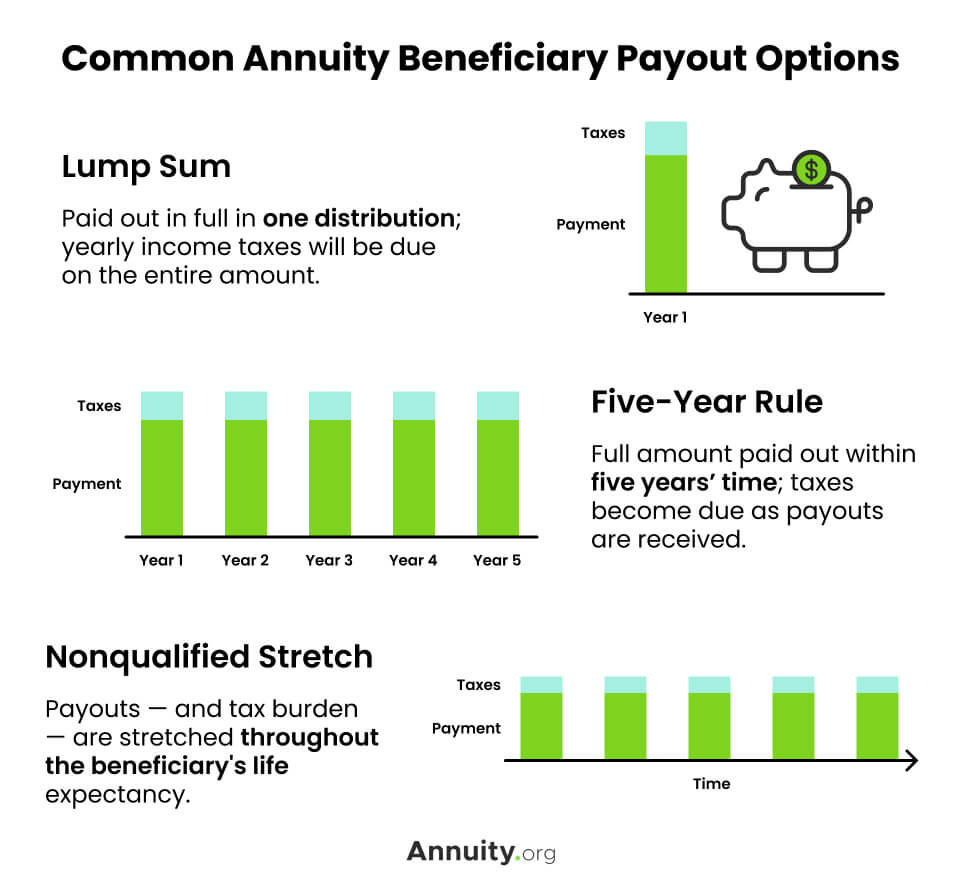
Annuity Beneficiaries Inheriting An Annuity After Death
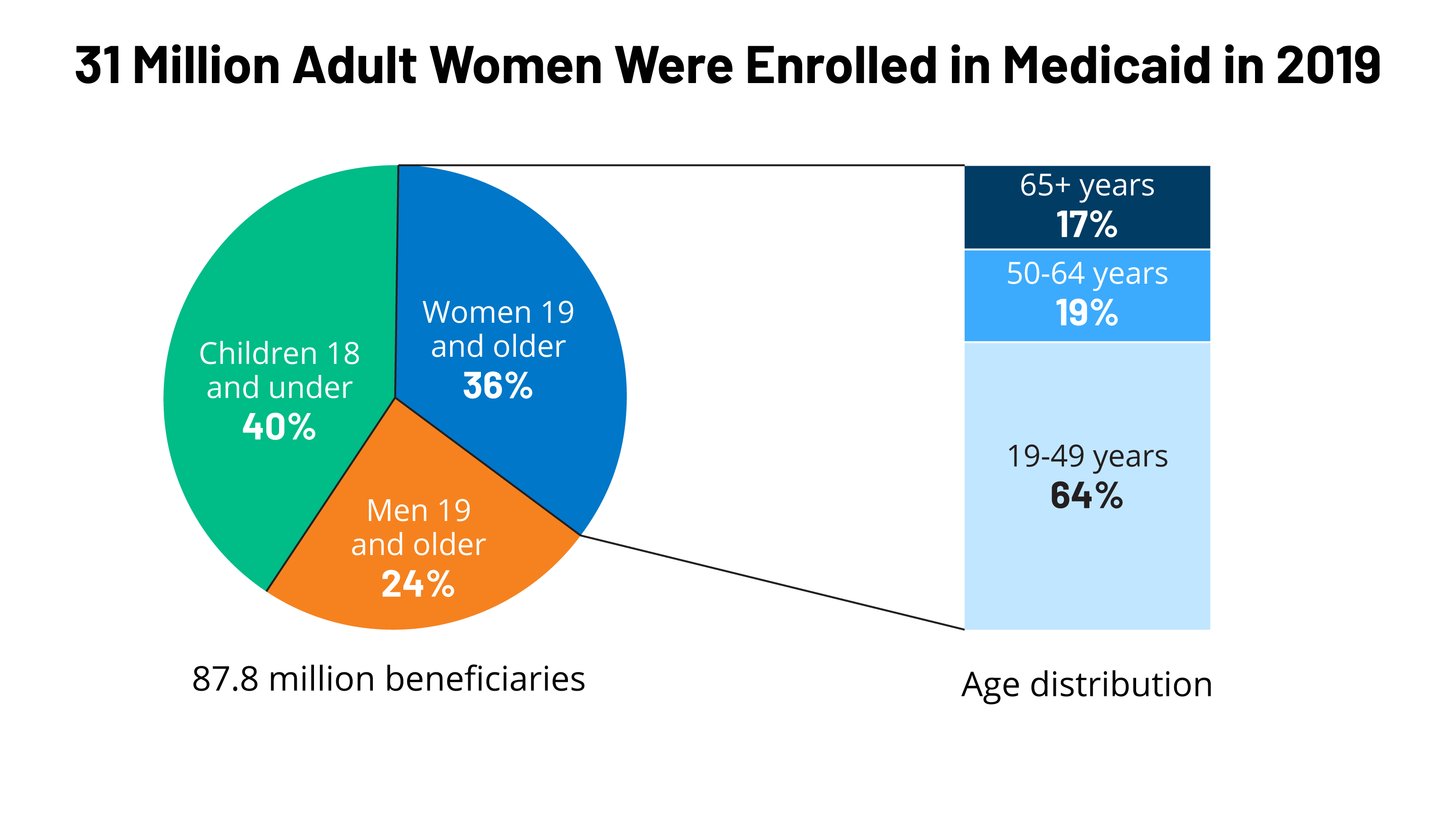
Medicaid Coverage For Women Kff

Individual Health Insurance Plans Quotes California Hfc
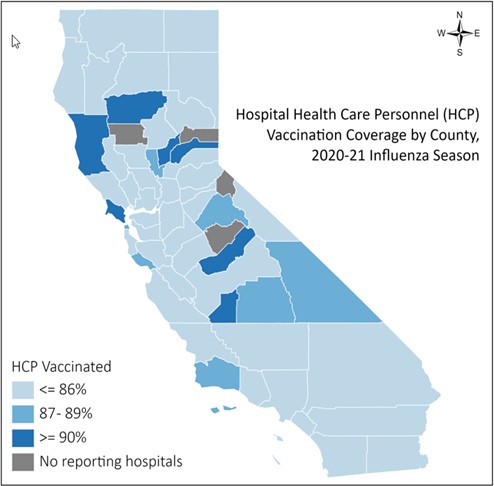
Healthcare Personnel Influenza Vaccination Reporting In Ca Hospitals
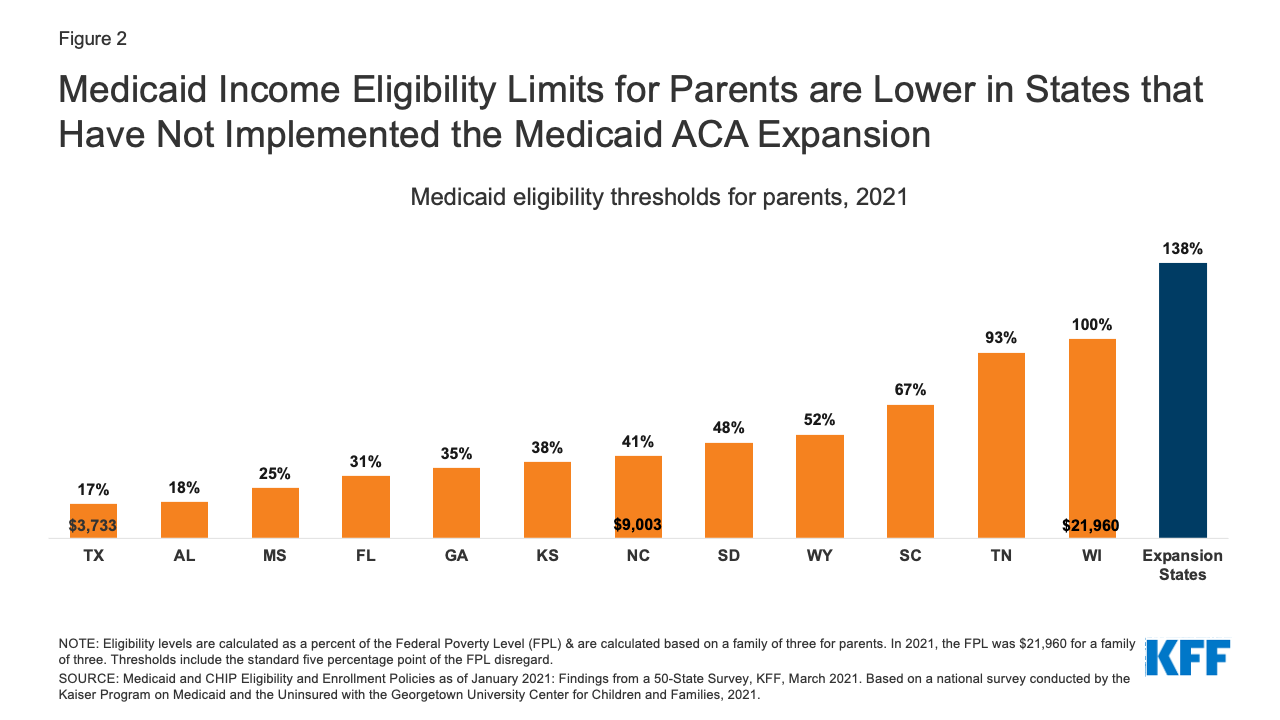
Medicaid Coverage For Women Kff

Healthcare Personnel Influenza Vaccination Reporting In Ca Hospitals
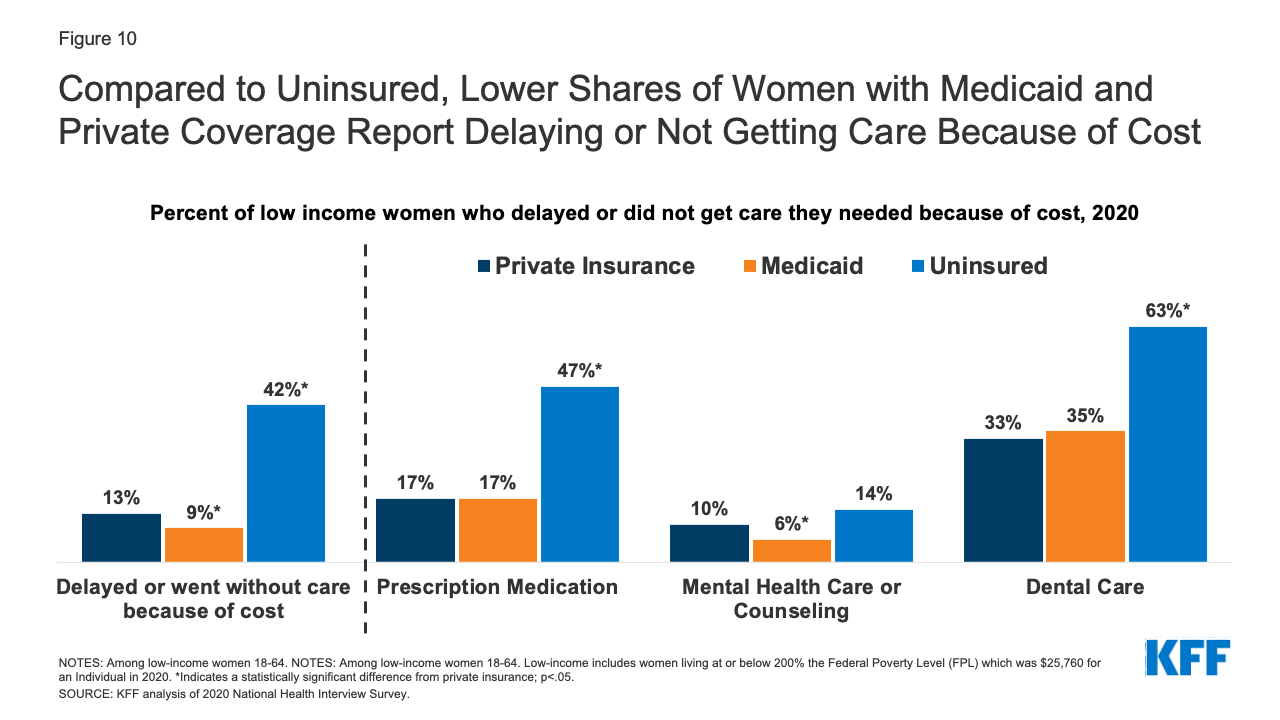
Medicaid Coverage For Women Kff
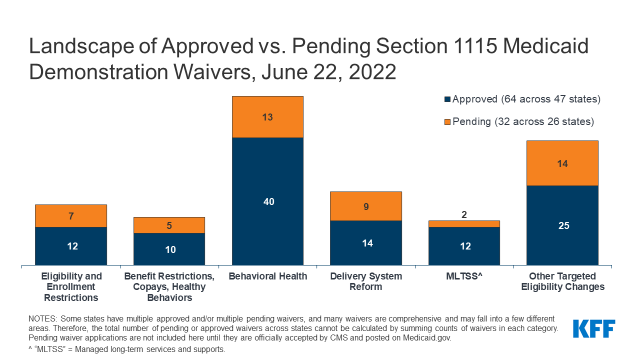
Medicaid Waiver Tracker Approved And Pending Section 1115 Waivers By State Kff
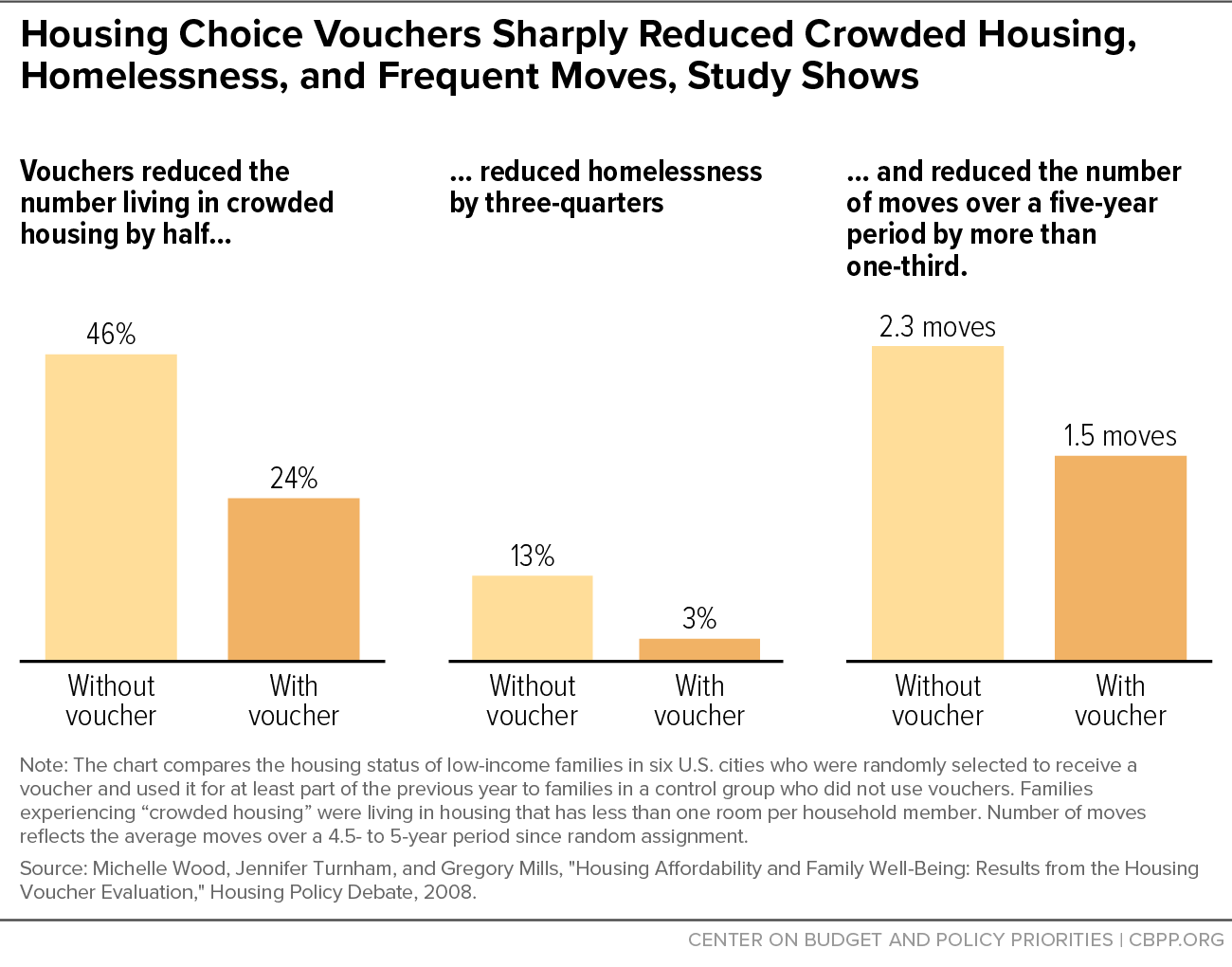
Ending Homelessness Addressing Local Challenges In Housing The Most Vulnerable Center On Budget And Policy Priorities
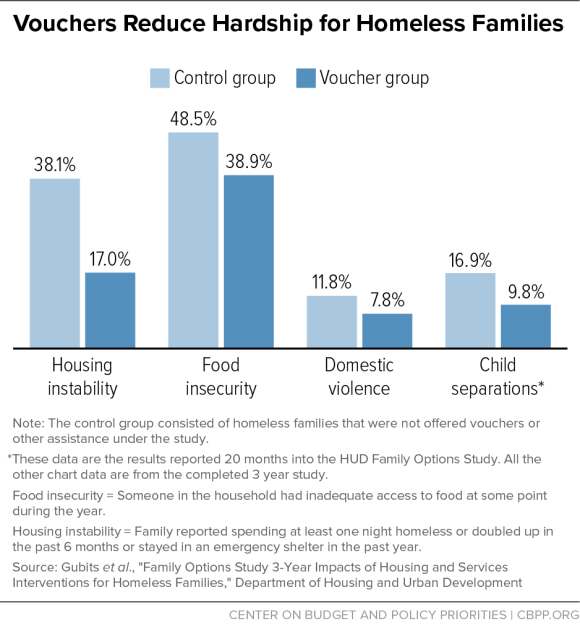
Ending Homelessness Addressing Local Challenges In Housing The Most Vulnerable Center On Budget And Policy Priorities
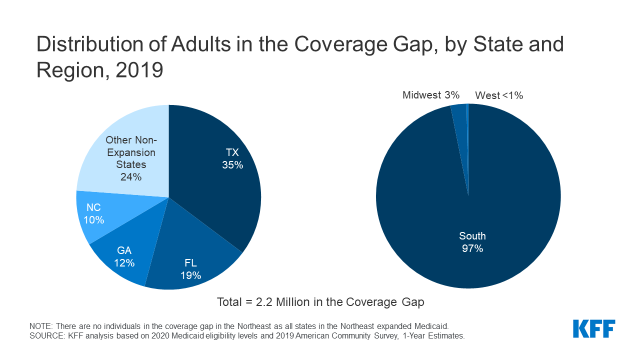
The Coverage Gap Uninsured Poor Adults In States That Do Not Expand Medicaid Kff



/history-gender-wage-gap-america-5074898_sketch-455ef27d4b304765ba4830023fed50bb.jpg)
